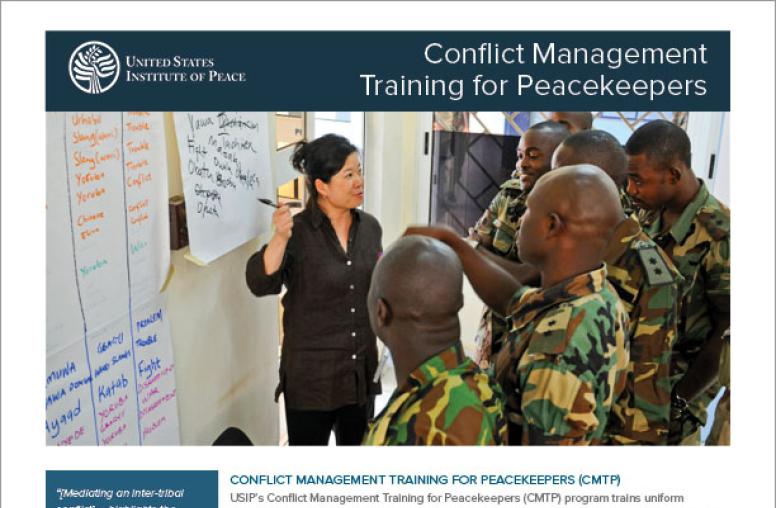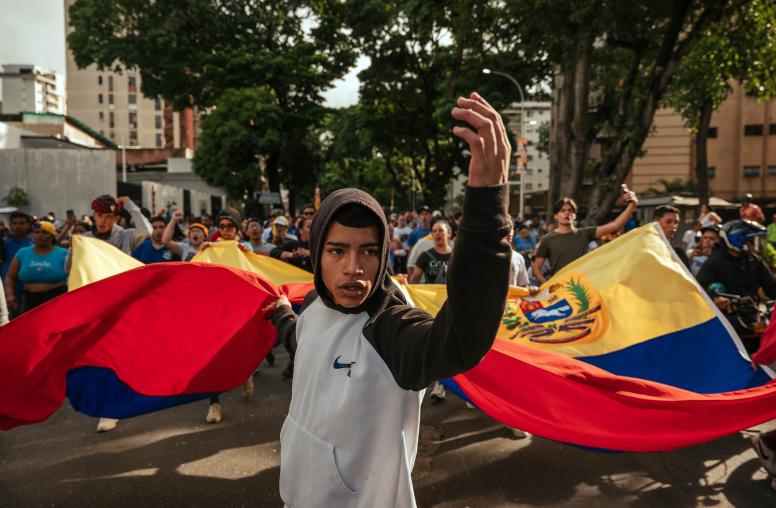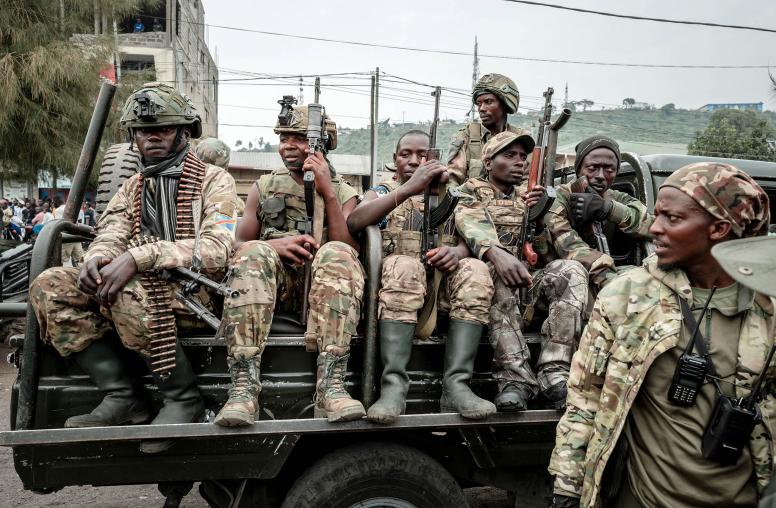Managing Public Information in a Mediation Process
This handbook helps mediators identify and develop the resources and strategies they need to reach their audiences. It is part of the Peacemaker's Toolkit series, published by the United States Institute of Peace.

Summary
Those who mediate international conflicts must communicate publicly with a wide variety of audiences, from governments and rebel forces to local and international media, NGOs and IGOs, divided communitiess and diasporas.
Manging Public Information in a Mediation Process helps mediators identify and develop the resources and strategies they need to reach these audiences. It highlights essential information taks and functions, discusses key challenges and opportunities, and provides expert guidance on effective approaches. Examples from past mediations illustrate how various strategies have played out in practice.
The handbook sets out six steps that can be undertaken by mediators and hteir information teams before, during, and after peace negotiations:
- Analyze the Information Environment
- Plan Early for Information Needs
- Design a Public Information Strategy
- Implement a Communciation Program
- Engage Civil Society
- Monitor, Evaluate, and Assess
Print copies of this toolkit can be purchased from USIP's online bookstore.
About this Handbook
This handbook is part of the series the Peacemaker’s Toolkit, which is being published by the United States Institute of Peace. For twenty-five years, the United States Institute of Peace has supported the work of mediators through research, training programs, workshops, and publications designed to discover and disseminate the keys to effective mediation.
The Institute—mandated by the U.S. Congress to help prevent, manage, and resolve international conflict through nonviolent means—has conceived of The Peacemaker’s Toolkit as a way of combining its own accumulated expertise with that of other organizations active in the field of mediation. Most publications in the series are produced jointly by the Institute and a partner organization. All publications are carefully reviewed before publication by highly experienced mediators to ensure that the final product will be a useful and reliable resource for practitioners.


